
GEOGRAPHICALLY: WHERE ARE WE IN THIS STORY?
Extremadura – Mérida, The West of Spain
Don’t forget to click on the photos to fully open them up and see them
On the road again – this time to Mérida
Having bid farewell to our hosts in Cuacos de Yuste, in the hills near the Valle del Jerte, we set off towards the main highway. Bypassing the city of Cáceres, we drove down towards the south of Extremadura and the Roman city of Mérida.
The Spanish Via de la Plata – The Silver Route
Mérida, which has been called the Rome of Spain, is located on the Spanish Via de la Plata, or Silver Route, an ancient commercial and pilgrimage path running north and south from Gijón to Seville. The route runs through mountains, valleys, and plains; and Western culture flourished in this area towards the end of the Bronze Age under the Tartessos monarchy. There was a wealth of minerals and the area became significant for its production of precious metals. When the Romans invaded the Iberian Peninsula in 218BC, the Silver Route, along with other established routes covering the whole area, became extremely important as the main communication channel for the Roman Empire (Spain’s official tourism website).
A city steeped in history
According to a BBC documentary and Fox News reports, the Tartessos Bronze Age near-mythic advanced society covered a huge area of the southern Iberian Peninsula and disappeared some 2,500 years ago. It is thought they were rich in resources and technologies and appear to have succumbed to earthquakes and Tsunamis which ‘destroyed coastal settlements and demoralized survivors’.
From the 1st to the 9th century, new roads and trails were built on the Via de la Plata and gained importance during medieval times when these trails became livestock tracks when moving flocks to new pastures. It is said that the route took on exceptional historical and artistic significance due to the art and civilization created along its length with the construction of cities, temples, aqueducts and bridges, arches and forts; thereby, contributing to the development of a rich architectural tradition, craft work. and folklore (Spain’s official tourism website).
Arriving in Mérida
Arriving in this amazing city we drove around seeking our accommodation and found ourselves in an interesting maze of one-way streets with roadworks. Finally we made contact with our host and met him on a street, where he guided us as to where we first needed to go to unpack the car and then where to park it for our time in Mérida. The walk back to our accommodation ‘The Aquaforum’ felt like it took forever as we weaved from the city streets into the narrower lanes of the older part of town where we were staying. What a drama but all part of the adventure of travelling!!
Aquaforum accommodation
The Aquaforum is a small boutique hotel with private Roman baths booked for 1-hour and a nice outdoor garden area.
Beginning our explorations of Mérida
After the adventure of finding our accommodation we had a rest before heading out to explore the local street and find a cafe or restaurant. About 20 meters from our door we came to the first of the famous Roman Ruins – the Temple of Diana. Built in the 1st century, in the reign of Augustus, it has survived the passage of time. The Temple had been a religious building and one of the main functions was to worship the Empire and its emperors. Situated in the ‘forum of the colony’ it was in a prime spot for the city’s public and political activities. According to Spain’s Official Tourism website, “it is considered to be in an exceptional state of preservation”. In its original state, it was flanked by two ponds, with a public platform in front where authorities addressed the public. Religious ceremonies were held outside. Built from granite sourced from local quarries, it was then covered in plaster and surrounded by columns on all sides. It was accessed by monumental steps, now lost to time.
Dedicated to Rome and the emperor, in the 17th century it became known as the Temple of Diana. It was then abandoned in the 5th century due to the invasion in 410AD by the East Germanic group, the Visigoths, and, later, the Arabs who created buildings around the temple. At the end of the 15th century, a palace house was built inside the structure. It has been excavated and restored on several occasions and now the archaeological remains bear witness to the Roman Forum’s change over time.
Gastronomic delights!


Following this short exploration, in the mid-afternoon heat, we found a restaurant that we wanted to ‘check out’ for dinner.


We then bought groceries at a small local supermarket and went back to our apartment where we rested in the garden. We read about Mérida and decided what ruins we would explore on this short visit and enjoyed just being in the environs of this ancient city packed full, like a museum, of places to be explored amidst the busy, modern but small city.


UNESCO – World Heritage City






According to Spain’s Official Tourism website, Mérida, designated by UNESCO as a World Heritage city, is considered ancient. It was founded by the Romans in 25BC and was known as ‘Emerita Augusta’. It is one of the largest archaeological sites in Spain and consists of the Roman Theater, the Roman Amphitheater, the Roman Circus, and the Los Milagros Aqueduct, as well as the Temple of Diana. Although these are just some of the sites that have notoriety, there are no doubt many more to be discovered, uncovered, and described for future travellers to enjoy.

Mérida, as a Roman Colony, came into being under the order of the emperor to serve as a retreat for the veteran soldiers of the legions, who were called emeritus. In the 4th century, it was treated with the comforts of a large Roman City and many invasions followed as Mérida moved into the modern world and the city as it is today.


Mérida has been populated since prehistoric times as evidenced by jewellery retrieved from a girl’s grave during excavation in 1870. These pieces are now held in a museum. During the 19th century, numerous monuments both in the city of Mérida and in Extremadura were damaged or destroyed. The city later underwent industrialisation and became a railway hub.



Exploring the Roman Amptheatre and Roman Theatre

The following day we met our friend Javier at the ruins of the Amphitheater and the Roman Theatre and we spent the day exploring, reading the information boards, and chatting.
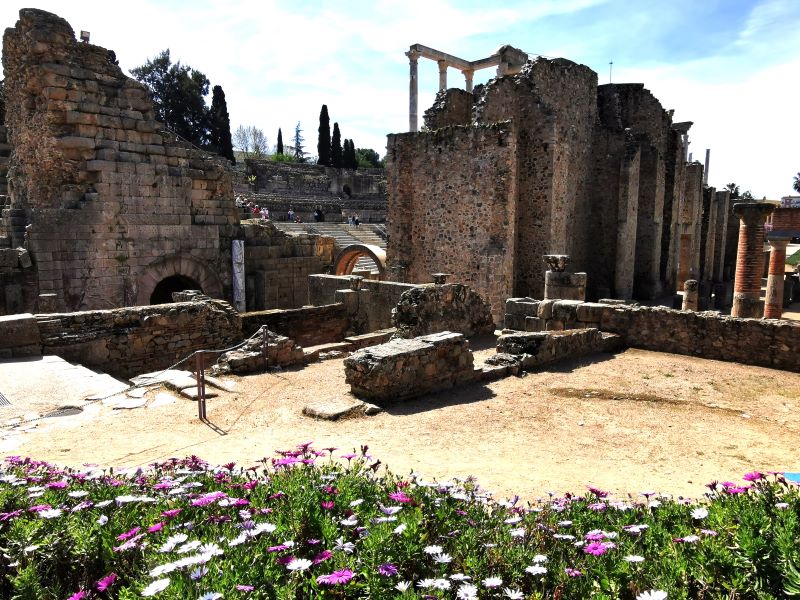

It was amazing to be in the ruins and feel the atmosphere that has been maintained so modern visitors can get a feel for the ancientness of this area. The arena is quite large and the columns very high; with the amphitheater, built in about 8BC constructed to hold 15,000-16,000 people. These people came to watch the gladiators fight one another and the animals put up for battle – not a pretty idea.
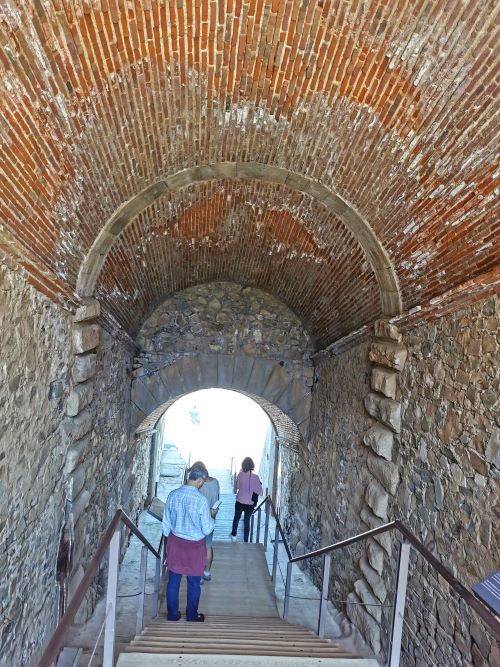

The semicircle seating area of the theatre faced the stage or platform where parades and shows were presented among other entertainment for the masses. It was built to hold 6,000 people. Up behind the highest seats in the theatre, archaeological excavations continue and we stopped to observe the work they were doing. We moved from one area to another enjoying the variety of exhibitions and descriptions, the statues, and the pathways.

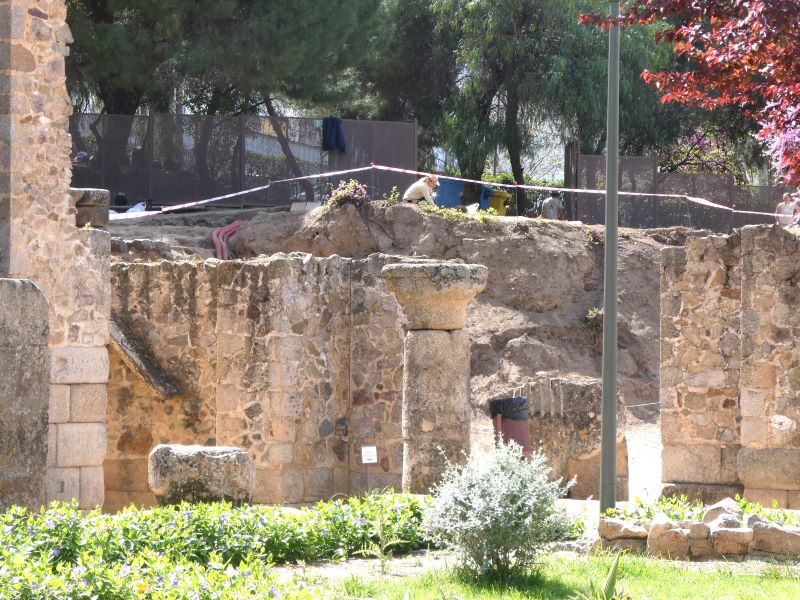
The arena area was very hot and after exploring for a few hours we decided to go to a nearby restaurants where we enjoyed nice food, wine, and beer. On return to our accommodation, we took a long rest, sat in the garden, and eventually had our long-anticipated time in the Roman Baths situated right in our building. The atmosphere was set with candles and bathrobes but, unfortunately, the water was not very warm and we only lasted about 20 minutes. Feeling disappointed with this turn of events we again sat in the garden to warm up.



Dinner at Tabula Calda
Later that evening we were joined by Javier for a beautiful dinner at the ‘Tabula Calda’, advertised on their website as a ‘Traditional Cuisine Restaurant in Mérida’.
https://www.tabulacalda.es/es/



Sometime later, we wandered back to our hotel in the balmy night air, stopping to admire the Temple of Diana beautifully lit up for the enjoyment of travellers such as us.
We bid farewell to Javier and thanked him for making the journey from Seville to spend time with us on that lovely day.
Our final hours in Mérida
The following morning we went out to find coffee and food. We happened upon a small cafe restaurant whose speciality is croissants, freshly baked right there in the cafe. We ordered ours and ate with great gusto because they were so tasty.


We took a walk around the Plaza de Espana and Santa Maria la Mayor cathedral area, a beautiful old plaza with some areas under renovation.
Due to no photo’s, please check out this plaza on this site:
https://meridavisitas.com/en/plaza-de-espana-in-merida/
We were unable to see into the cathedral as it was too early in the day and we needed to pack, get our car, and start finding our way out of the maze of one-way streets we had entered just 2-days before.
We managed to get out onto the highway and started driving south with a plan to bypass Seville and move towards the east as we travelled on to our destination of Benalmadena on the Andalusian coast near Malaga. Andalusia is a favourite region in Spain for us and we felt quite at home as we crossed out of Extremadura and into the familiarity of white villages, flamenco, and the sparkling ocean of the Mediterranean.
Benalmadena, the Mediterranean & flying out to the UK


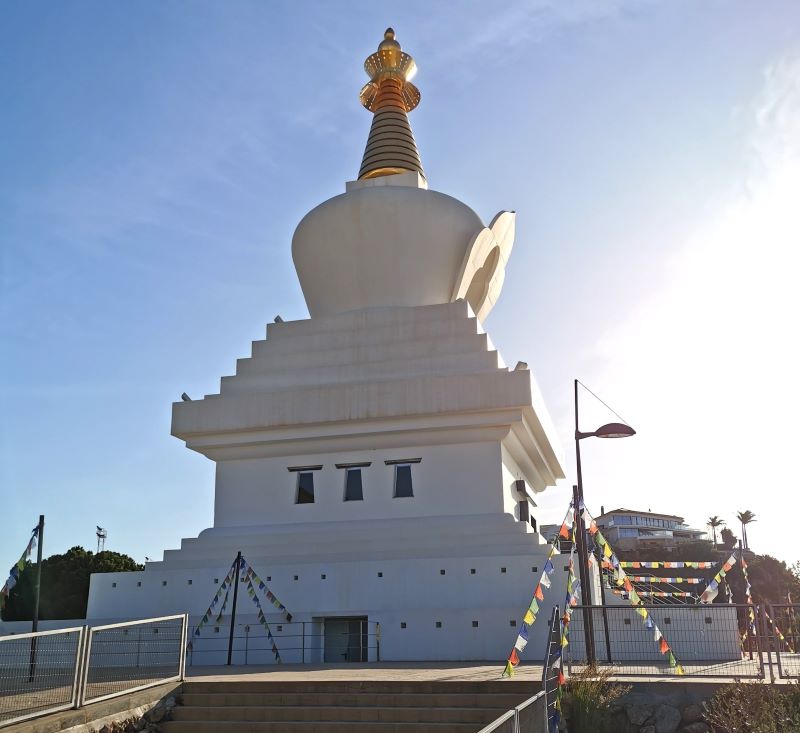
After our night on the coast in a beautiful boutique hotel nestled among narrow cobbled streets and restaurants, we flew out of Spain to London to continue our travels outside of New Zealand. Travel with us on our next adventure – coming soon!
Memories of the Roman’s & great views leaving Malaga





#travel #traveltheworld #worldtraveler #lettheadventurebegin #extremadura #spain #caceres #naturaleza #extremaduraturismo #photography #nature #extremadurafotos #photooftheday #natura #naturephotography #landscape #fotografia #naturelovers #instagood #beautiful #art #animals #landscapephotography #travelgram #architecture #merida #extremadura #spain #photooftheday #instagood #photography #españa #love #mérida #picoftheday #travelling #art #happy #photo #total_extremadura #emeritaaugusta #estaes_extremadura #tourism #travellingram #style #instatravel #meridaenamora #traveller #travelgram #trip #europe #loves_extremadura



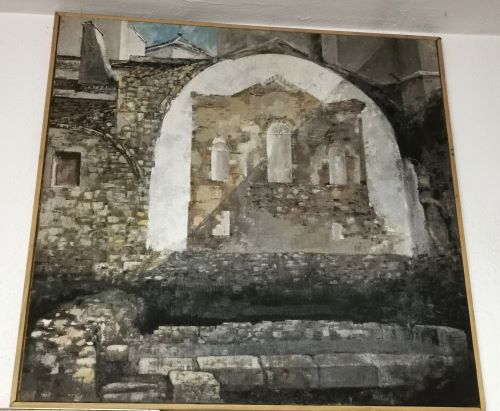










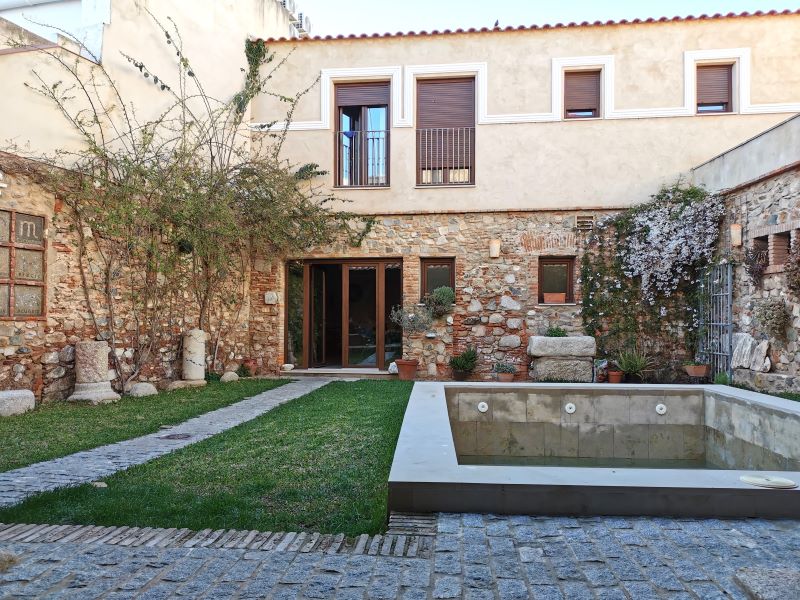

















While I am ‘geographically challenged’, I so love your story telling and the beautiful photos 🥰💖🤗✨
Thankyou Carolyn – that is why we add the maps – at viewers request to see where we are at! thankyou!